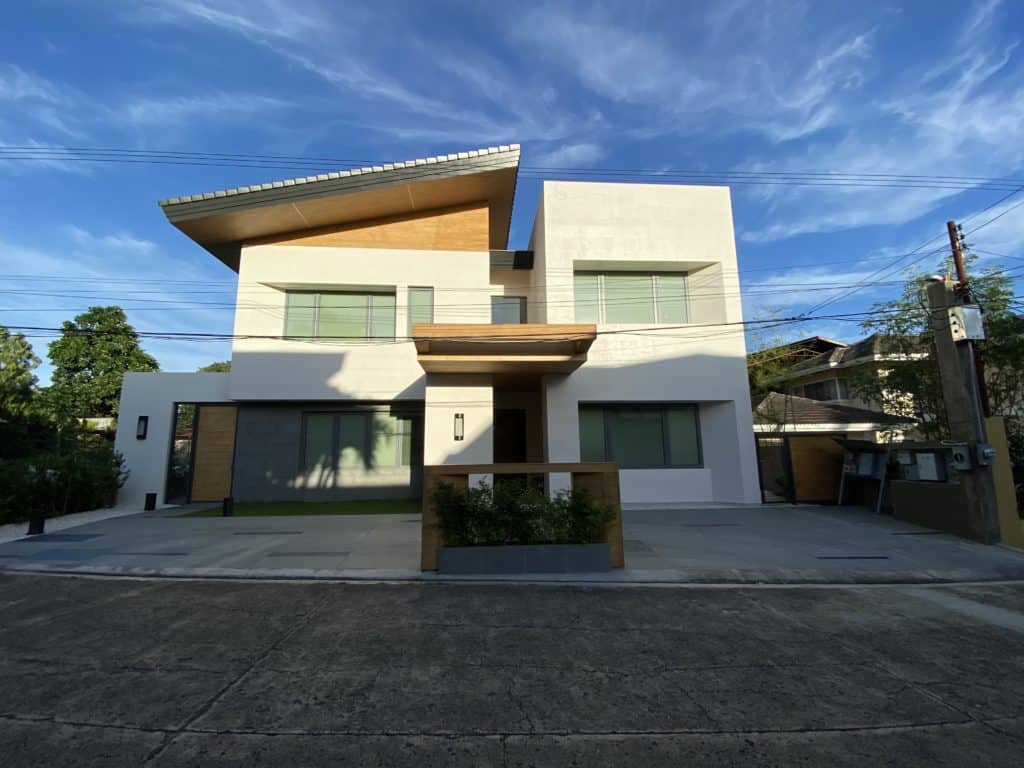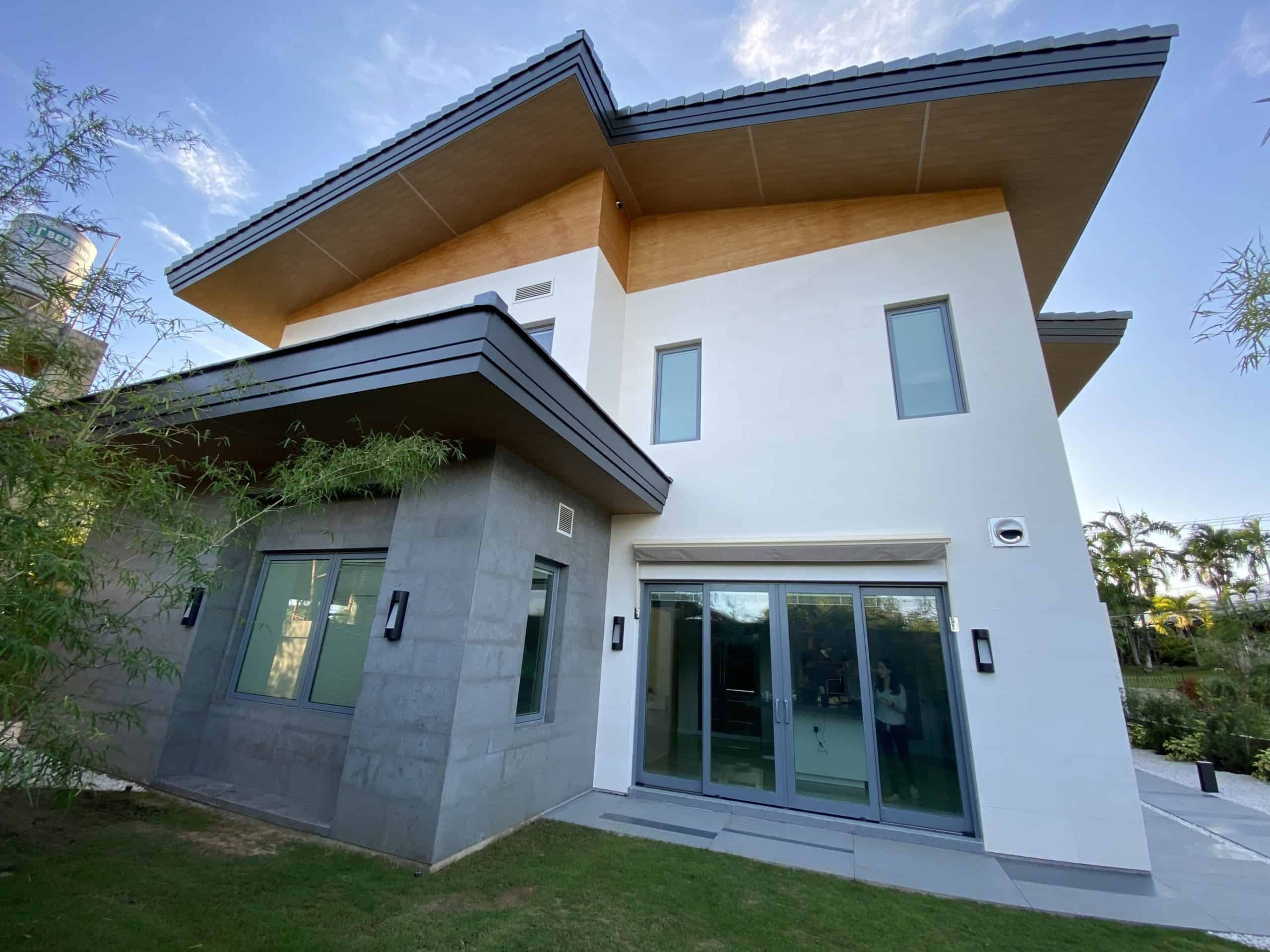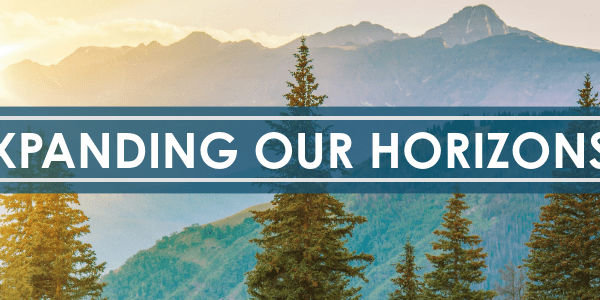Taking the LEED® to Platinum on a New Home In the Philippines

EnergyLogic recently completed the Platinum certification of a LEED home in Cebu, Philippines. The project was filled with twists and turns, but the results were worth it.

Published May 20, 2020
EnergyLogic Heads to Southeast Asia
For many years now, EnergyLogic has had been doing Leadership in Energy and Environmental Design™ (LEED®) work both in the United States and internationally. Recently, EnergyLogic completed the Platinum certification of a LEED home in Cebu, Philippines. The homeowner and project manager, William Yap (Bill), was very interested in building an efficient home for his family. They have lived in a compound in the heart of Cebu for the last 40 years. Building a home to the highest of LEED standards was paramount to ensure his family and future generations have a healthy and durable house for many, many years to come.
Building a LEED Platinum house in Southeast Asia provided many challenges. From finding building materials that meet LEED criteria to finding professionals to deliver appropriate LEED services and building expertise, the challenges were at times overwhelming. In the end, Bill and his family ended up with a house that more than exceeded their expectations. Following the certification of his home, we caught up with Bill and asked him some questions about his experience.
What made you want to pursue building a LEED home?
Some years ago, a client of mine who is into residential and commercial development, showed me their LEED projects. I saw how it created "value" for their customers—not just in real estate value appreciation but also for the wellbeing and high level of customer satisfaction of the occupants. I realized having a home built based on the LEED philosophy would be ideal for the health of my family and the environment. I didn't quite understand exactly what it would entail to pursue a LEED for Home certification at the time, so I looked around for LEED professionals who could help me.
How did you find EnergyLogic from the Philippines?
After talking to an architect with LEED AP in Manila, I was told that they could design my house based on the LEED philosophy but could not provide the LEED for Home certification in the Philippines since no one had done it yet. The architect advised that if I really wanted to be "LEED certified", I had to look for a Green Rater in the US.
When I was in California, I corresponded with three Green Raters, and all of them were skeptical about a single-family project in the Philippines. I realized that most Green Raters are used to auditing multiple houses on one project site. I told them I would shoulder the plane fare, but they all dropped out on me. I felt I was at a loss.
When I went back to the Philippines, I told my project manager, "Let’s try one more time with the husband and wife architects who are both LEED Aps." That's when we met with architects Filemon and Marivic Kapuno. Incidentally, Marivic was working on another LEED commercial project and was active in attending Green Build expos where she met Tom and Ben of EnergyLogic. That is where she introduced me to them and got EnergyLogic as my LEED Home Provider and Green Rater.
What were the biggest challenges in building a LEED Platinum house in the Philippines?
- RESOURCES. Materials are nearly impossible to source in the Philippines. Nobody makes weatherproof sealed doors here. WaterSense® fixtures cost nearly triple compared to prices in the US. Sealed windows that are specified for the Philippine weather have to be ordered abroad.
- LEED professionals...honest ones. The first one I sought in Manila was a LEED AP but didn't bother certifying any of their LEED projects. This architect is all over the local media (Town and Country, CNN Philippines, etc.). Also, there are no Green Raters that I know of in Asia right now.
- Trade professionals who could fully grasp the LEED philosophy. This was a constant challenge for me to keep everyone aligned during the design and construction phase.
What has been the biggest benefit of living in a LEED Platinum house?
This answer comes from my wife who is a medical professional from the US. "HEALTH and HYGIENE." We have only lived in the house for three months now and have been on lock-down because of COVID-19 for about a month. She started cleaning the walls, nooks, and crannies after 90+ days and found out that there is absolutely no dust to clean. Our son, who is asthmatic, has not had an asthma attack since we moved. My nephew who has eczema, never had an outbreak while staying with us for several days.
Can you tell me about your water system?
Our water is collected from the occasional rain through my home's roof and adjacent sheds owned by my family. There's an attached deep well pump in case there's absolutely no rain for 3 weeks, but so far, we haven't used it since we moved in. All the rainwater goes through a 3-stage sand filter using gravity and into the underground cistern tank.
The water is delivered to the house on demand by an integrated water booster pump at constant pressure and goes through a sequence of filters tanks: Anthracite, Softener (this will only activate if it's from deep well water because it has 300 tds), Activated Carbon, and UV Ray before reaching the faucet/shower. The end result is potable water.
Historically, it rains at least twice a week during most of the year in my area—once a week if it's an El Niño summer. The least I have seen it rain in the last three years is 23mm (0.90 inches) over 17 days during a summer month. We designed a cistern tank that can hold 21 days (5,800 gallons) of water requirements for the house. The total area of my roof and shed that collects rainwater is 26,900+ sq ft. With this span, we can fill our cistern tank with 10mm (0.39 inch) of rain.
Can you tell me more about the air quality improvement in the house?
My community has an average humidity of 73% in summer and 80% during other seasons. The naturally high humidity level and dust outdoors trigger asthma and eczema in people. Our HVAC designer was tasked with lowering the RH to 45-55%. Using an ordinary ERV wouldn't achieve this, so I ordered a coiled ERV from Japan to achieve this. Furthermore, the whole HVAC system was fitted with MERV 13 filters. The result is outstanding air quality with the following readings (Reading came from AWAIR air sensor):
- Temperature: 73F
- Humidity: 48-54%
- CO2: 400-600ppm
- VOC/Chemicals: 25-250ppm
- 5 (Dust): 1.0-9.0 μg per Cu. M
Are there any benefits that you have experienced that you didn’t expect?
Yes, there definitely are. Benefits include:
- Not cleaning for dust as much
- Low cost of ownership because of Net Zero and free water
- Nearly bug-free home because of the tight seal of the house (Sometimes there are fruit bugs because of the fresh fruits and vegetables we get directly from our farm.)
Are there any negatives that you have experienced that you didn’t anticipate?
We had errors in design resulting from things getting lost in translation from LEED handbook to our engineers. We had to re-engineer some things to comply with ENERGY STAR®/LEED checklists. There was also unforeseen construction and compliance costs since it was the first time for all of us who were on the project.
Is there anything else you want to tell us about your house or experience?
Considering the cost vs benefits, I'm very happy to have my home as it is right now. I plan to live in it my whole life and will pass it to the next generation. Our family has lived in the compound for 40+ years and will continue to do so. Should the need arise for senior housing in our compound in the future, I will most likely build it with the LEED philosophy and have it certified, as well.

LEED Platinum Certified Yap Project, Front Facing Home View

LEED Platinum Certified Yap Project - Back Facing Home View
From EnergyLogic's perspective...
Bill was the ideal client. He was engaged, knowledgeable, and passionate about creating a beautiful and efficient home. Although the distance and time difference presented some challenges, it also showed us that it can be done, and there are endless opportunities to build efficient LEED certified homes all over the world. This house is something that we are all proud to be a part of, and the Yap family will be able to happily live in great conditions for generations to come.
Contact Us
If you have questions or would like to consult with EnergyLogic's Sustainability Program Manager, Aaron Scott regarding your LEED or green building project, you can email Aaron here.




